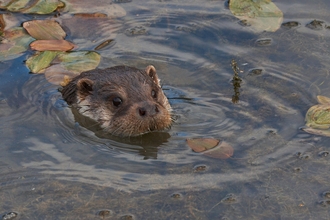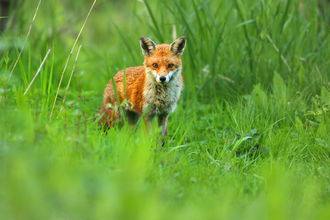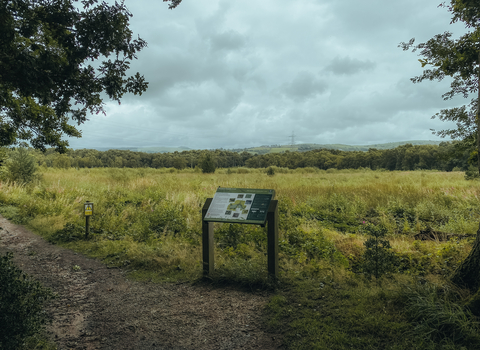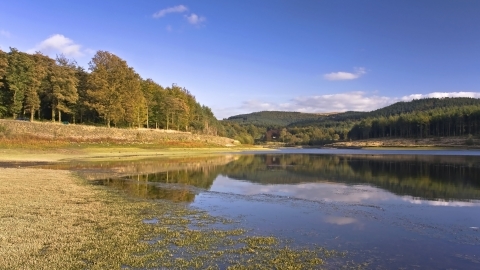
Trentabank Nature Reserve c. George Bayode
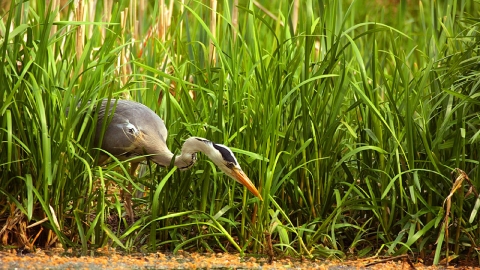
Heron c. Ben Hall
Trentabank Reservoir
Trentabank Nature Reserve
Location
Know before you go
Dogs
When to visit
Opening times
The reservoir can be viewed all year round. A visitor centre operated by the local ranger service may be open on selected weekends. The reservoir itself can only be accessed by permit onlyBest time to visit
Spring and SummerAbout the reserve
Nestled within Macclesfield forest on the edge of the Peak Distict, our reserve is a small plantation next to Trentbank Reservoir. The area is the perfect place to relax, unwind and take in the wildlife on your doorstep. Whilst we look after the reserve, the surrounding conifer plantations of Macclesfield Forest are owned by United Utilities and the reservoirs supply the town of Macclesfield with drinking water.
The reserve is a fantastic place to spot Herons, their nests can be seen high up in the trees surrounding the reservoirs, you can also spot ravens and birds of prey. Stately red deer are shy residents of the forest, but can often be seen drinking from the reservoir in early morning.
Changing water levels occasionally expose the reservoir banks, which become a popular feeding ground for small wading birds including common sandpiper, green sandpiper and little ringed plover. Flocks of crossbills are regularly seen feeding in the tree tops whilst in winter visitors including goldeneye and goosander join the resident water birds.
In 2021 we opened our Trentabank Wildcam Project. This exciting project brings the wildlife to you! From the comfort of the visitor centre you can see the herons raising their young, blue tits using nearby nest boxes and maybe even kingfishers from the edge of the reservoir. We are hoping to livestream this footage soon, so keep your eyes peeled!
We work closely with United Utilities across the forest area and their landholdings to make the area better for wildlife.
Contact us
Cheshire's Last Refuges Appeal
Felling works in Macclesfield Forest
Cheshire Wildlife Trust's position statement
Cheshire Wildlife Trust has recently become aware of a notification from the Department for Environment, Food and Rural Affairs (DEFRA) to United Utilities. This notification is a statutory plant health notice (SPHN) to fell an area of coniferous plantation within Macclesfield Forest, near to our Trentabank Nature Reserve.
The notice has been served due to an outbreak of Phytophthora ramorum in a number of larch trees. Phytophthora ramorum is a fungal-like organism that spreads through wind-blown rain and causes the death of a wide range of trees and shrubs. To attempt to isolate the outbreak, DEFRA have ordered United Utilities (as landowners) to fell an area of infected plantation within Macclesfield Forest. Phytophthora ramorum has not been found on our nature reserve.
Cheshire Wildlife Trust are working with United Utilities and their independent ecologists to minimise disturbance to wildlife in the area during this outbreak and consequential felling. In particular we are concerned about the potential disturbance of the grey herons that nest within the vicinity of Trentabank Reservoir Nature Reserve between February and June. We have been assured that work will begin furthest away from the heronry. It is hoped this will minimise an impact during heron nesting season.
We hope, by working together with Unitied Utilities the restocking of the felled areas will be with native broadleaved woodland and increase the biodiversity value of this beautiful area. Native trees have evolved alongside the UK’s plants and animals, meaning they house and feed far more living things than introduced species such as larch. For example oak trees can live for 1,000 years and support 2,300 different species throughout their lifetime. Planting native trees provides an opportunity to bring wildlife back to Macclesfield Forest.
If you have any questions about the larch felling in Macclesfield Forest, please contact United Utilities.


